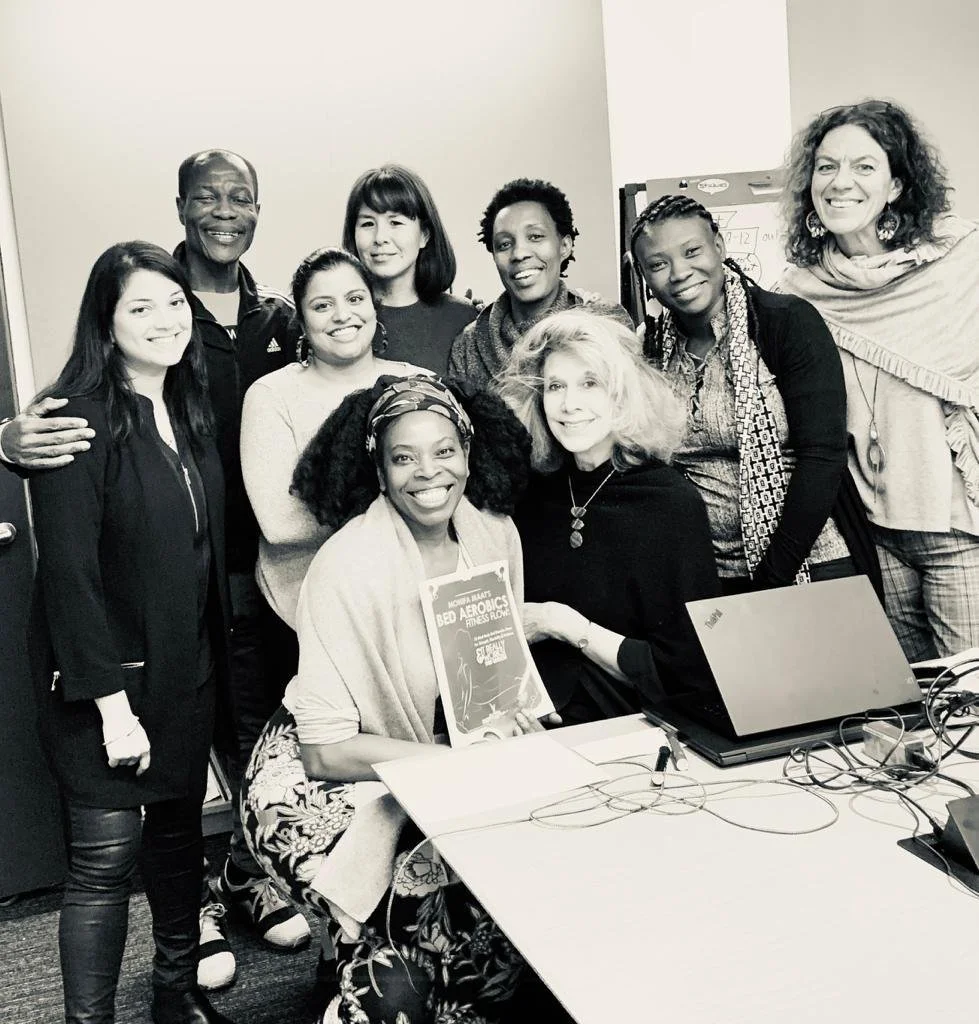Adolescent Girls Community of Practice Training in New York
Last week was a big program development and staff training day for our team. As Program Director and Co-Founder I met with other like-minded organizations at the Population Council in NYC for a two-day training on girl-centered program design.
The Population Council is an international research-focused non-governmental organization, and is a leader in field of developing, strengthening and measuring programs for adolescent girls.
In preparation for our continued work, specifically with adolescent girls in Eastern Congo, we were thrilled to share this training experience with other like-minded organizations, including Too Young to Wed, and the Center for the Arts in Port au Prince, who support adolescent girls. Like us, these organizations are passionate about the ways that art can strengthen girls’ inner capacities and elevate their voices.
“ When a farmer sets out to grow a new crop, it is important for her to understand the weather patterns and seasons, the particularities of the soil, the traits of the crop she is going to cultivate, and what exactly the crop will need in order to thrive in its environment. While all of this seems like common sense when considering how to be a successful farmer, it is surprising how often this level of specific knowledge isn’t incorporated into programs that are intended to support girls and women. ”
We have been collaborating with the Population Council since 2015, when I was first introduced to Judith Bruce, Senior Associate and Policy Analyst. Judith has acted as a mentor to me over the years as I have explored how Colors of Connection can best support adolescent girls through our arts-based programming. Over time we have absorbed much of the Population Council’s knowledge and resources, as well as contributed to their work, providing knowledge about the power of creativity for the poorest girls in the poorest and often conflict-affected communities (The Creative Assets will soon be available as an online resource linked through their asset-building toolkit. Stay tuned for that.
In this latest training, I learned about mentorship roles, recruitment tools to engage the least visible girls in the community, creating program content that is meaningful and useful to a girl’s life according to her development, and some program structure tips to help sustain programming locally and long term.
I was struck by a metaphor that Judith shared that reinforces the importance of understanding local knowledge and context when developing programs: When a farmer sets out to grow a new crop, it is important for her to understand the weather patterns and seasons, the particularities of the soil, the traits of the crop she is going to cultivate, and what exactly the crop will need in order to thrive in its environment. She would also need to know about the market for her crop, and how she was going to get her crop to her customers. While all of this seems like common sense when considering how to be a successful farmer, it is surprising how often this level of specific knowledge isn’t incorporated into programs that are intended to support girls and women.
Specificity is hugely important to the success of any program, particularly those working with gender issues. This metaphor reminds us how necessary it is to truly understand the conditions on the ground of the people we are serving, who the girls are, the skills and resources they already possess, and the conditions they face that keep them from surviving and thriving.
Post-training, Colors of Connection has more resources under our belt to build programs to effectively reach and serve marginalized adolescent girls, and are excited to be integrating these into our 2020 plans.




